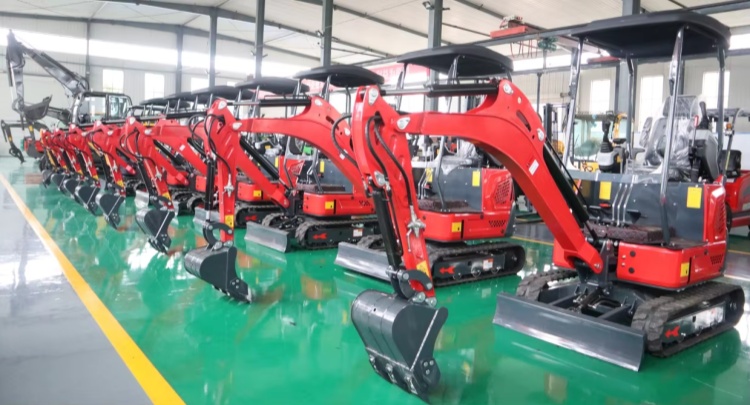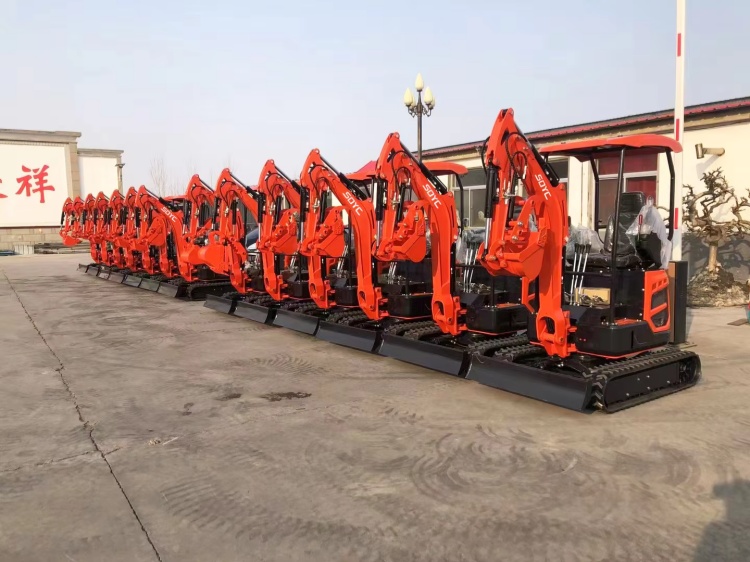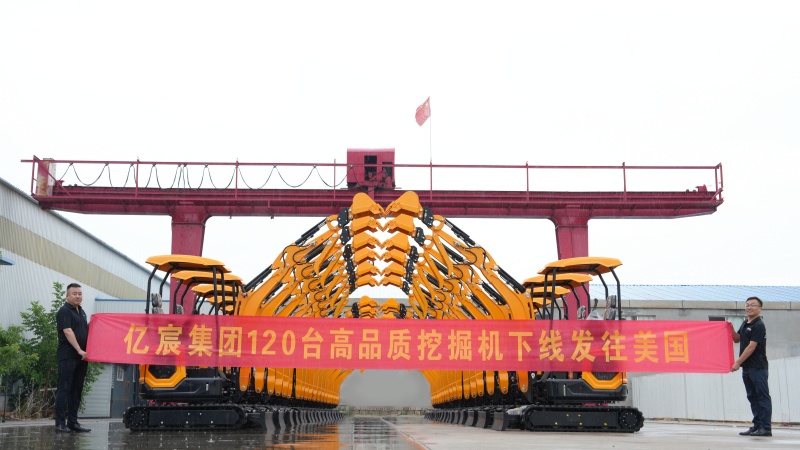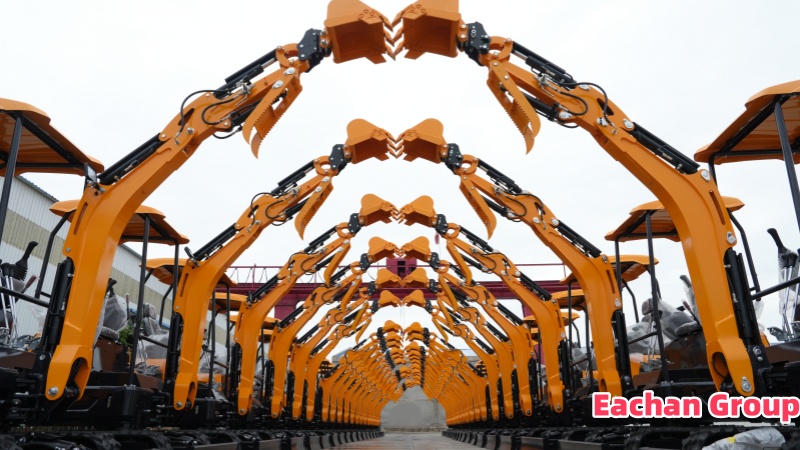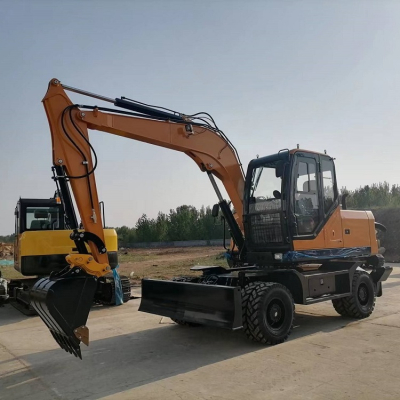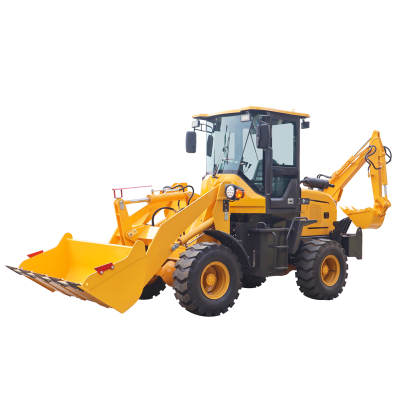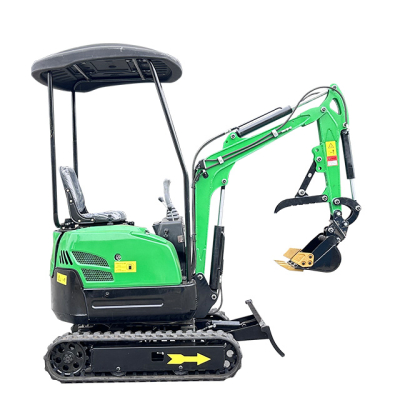How to Choose a Mini Excavator for Urban Construction? (Noise, Size, Power Tips)
Urban construction projects demand precision, efficiency, and minimal disruption. Whether you're working on road repairs, building foundations, or landscaping in tight city spaces, a mini excavator can be the perfect solution—if you choose the right one.
This guide covers the key factors to consider when selecting a mini excavator for urban construction, including noise levels, compact size, power requirements, and compliance with city regulations.
1. Size & Maneuverability: Fitting into Tight Spaces
Urban job sites often have limited space, narrow alleys, or indoor work requirements. The best mini excavators for cities should have:
✅ Compact Design – Models with zero or minimal tail swing , prevent damage to nearby structures.
✅ Lightweight (1-3 tons) – Easier to transport on small trailers and less likely to damage pavements.
✅ Short Arm Option – Helps when digging near walls or in confined areas.
Pro Tip: Check if the excavator’s width matches your access points (e.g., gates, doorways).
2. Noise Levels: Keeping Complaints (and Fines) to a Minimum
Noise restrictions are strict in many European cities (e.g., Berlin, London, Paris). A loud excavator can lead to fines or work stoppages.
Best Options for Quiet Operation:
🔇 Electric Mini Excavators (e.g., Yanmar SV17e, Volvo ECR18) – Zero emissions and significantly quieter than diesel.
🔇 Low-Decibel Diesel Models – Some modern diesels (e.g., YC-18Pro, YC-25) have noise levels under 72 dB, meeting most urban regulations.
Avoid: Older, high-RPM diesel excavators (often 85+ dB).
3. Power & Fuel Type: Diesel vs. Electric
Diesel Mini Excavators
✔ Pros: More power, longer runtime, better for heavy digging.
❌ Cons: Noisier, emits exhaust, may face restrictions in low-emission zones.
Electric Mini Excavators
✔ Pros: Silent, zero emissions, lower maintenance.
❌ Cons: Limited runtime (4-8 hours), requires charging infrastructure.
Best Choice?
For short urban projects → Electric (ideal for indoor work or strict cities).
For longer, heavy-duty jobs → Modern low-emission diesel.
4. Attachments for Urban Tasks
The right attachments improve efficiency in tight spaces:
Hydraulic Breaker – For concrete demolition.
Auger Drill – Installing fence posts or small foundations.
Tilting Bucket – Precision grading in narrow areas.
Pro Tip: Ensure the excavator has quick coupler compatibility for fast attachment swaps.
5. Compliance with Urban Regulations
Many European cities enforce:
🚜 Low Emission Zones (LEZ) – Electric or Stage V diesel models only.
🔊 Noise Limits – Typically < 75 dB during daytime.
🚛 Weight Restrictions – Some areas ban heavy machinery on roads.
Always check local laws before purchasing or renting!
Need Help Choosing? Contact our experts for a personalized recommendation based on your project location and requirements!

